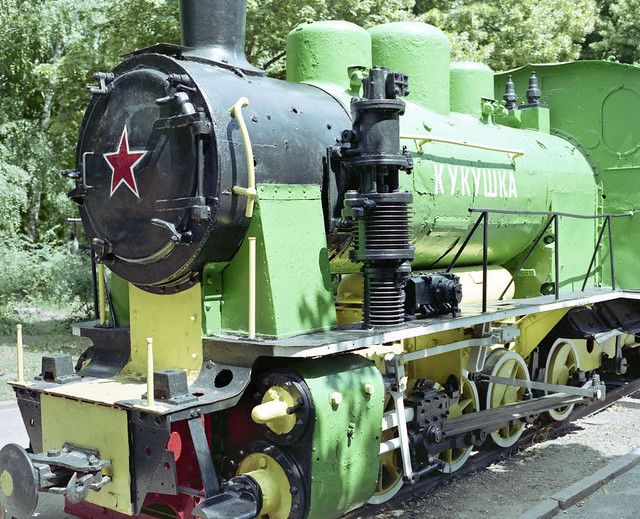kiss-o-matic
Well-known
Okay, I'm ready to do this. Caveat: C41 kits locally are like Unicorn tears. A guy in a boutique brick & mortar told me the name of a local Tetenal partner, but I've forgotten it, and apparently I'm not as good at Google as I thought. I can, however, get the Rollei Digibase C-41 Ready Use, which does 10 rolls, so I got it. Cost performance-wise it's like 40% cheaper than getting negs done at the lab assuming I don't bork anything up, or poison myself in the process. If I cross, then there is substantial savings. If I cross and push then it's a real bargain.
Anywho, I assume there will be ample instructions in the box, but for the ready use kit, do I just put each separate one into it's own container, use as directed, and then back into the container via a funnel? When doing B&W, I was told that developer gets it's own funnel/tubes/you name it, and the stop bath & fixer get their own. Is this the same case in C41? From the few tutorials I've read it doesn't seem the case.
From what I've read the Rollei seems to be the way to go if you can't keep liquids a specific temperature. Ironically, my current place is the first one I've lived in in years that doesn't have a temperature controlled bath. Seemed stupid to get since I took like 1 bath a year. Oh, the irony.
Ready for all kinds of comments and insults.
EDIT: The other Japan residents can chime in here, but it looks like Fujifilm makes a C-41 kit that is not available domestically. :-/
Anywho, I assume there will be ample instructions in the box, but for the ready use kit, do I just put each separate one into it's own container, use as directed, and then back into the container via a funnel? When doing B&W, I was told that developer gets it's own funnel/tubes/you name it, and the stop bath & fixer get their own. Is this the same case in C41? From the few tutorials I've read it doesn't seem the case.
From what I've read the Rollei seems to be the way to go if you can't keep liquids a specific temperature. Ironically, my current place is the first one I've lived in in years that doesn't have a temperature controlled bath. Seemed stupid to get since I took like 1 bath a year. Oh, the irony.
Ready for all kinds of comments and insults.
EDIT: The other Japan residents can chime in here, but it looks like Fujifilm makes a C-41 kit that is not available domestically. :-/





